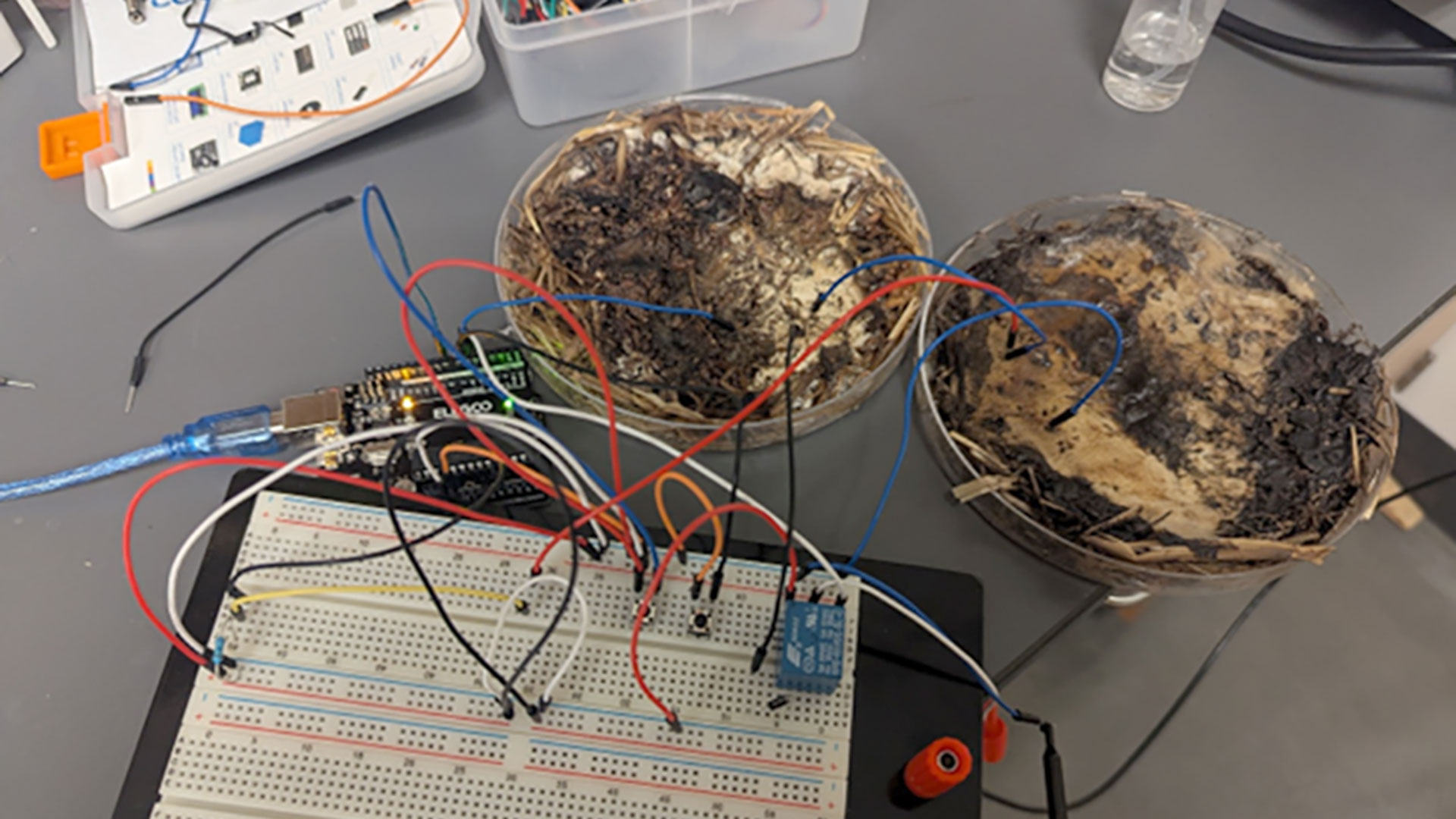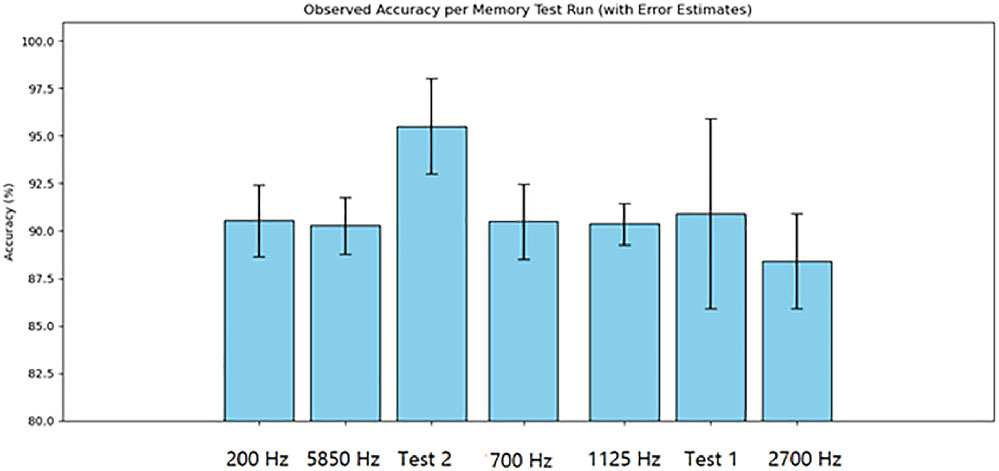Shiitake-powered computer demonstrated by researchers — mushroom-infused chips a surprising alternative to using rare earths in memristors
Shiitake mycelium is being repurposed into memristors with pleasing dehydration and radiation resistance.

The development of neuromorphic hardware provides a compelling approach for tackling the increasingly evident capacity, performance, and energy bottlenecks in classical computing. However, as scientists from Ohio State University indicate in a recent paper, rare-earth metal supplies and costly fabrication processes are stifling the dream of brain-like efficient computers. They have an answer, though, having successfully demonstrated “fungal computing via mycelial networks.” As a bonus, shiitake mycelium memristors are also dehydration and radiation resistant.

Neuromorphic computing seeks to mimic brain-like processing to take advantage of billions of years of animalian evolutionary advances. The theory is that this style of computing architecture inherits brain-like efficiency, adaptability, and parallelism.
Memristors are thought to be a good match for brain-like neuromorphic architectures. The Ohio researchers praise them for their unique electrical properties and “ability to mimic neural functions.” They can be “efficient and self-adaptive in situ learning.” Such abilities make memristors a good fit for applications like robots and autonomous vehicles.
Adding to the appeal of memristors is their characteristically low power consumption, and the “advantage of integrating memory and processing capabilities into a single device,” say the Ohio team.
Moving along to how fungal electronics melds with memristor technology, and the scientists highlight that shiitake mushroom mycelium is a sustainable, low-cost, and biodegradable alternative to rare-earth packed and expensive to produce memristors. This variety of mushroom, in particular, is also claimed to deliver adaptive electrical signaling “akin to neuronal spiking.”
Methods and testing
After cultivating these mushrooms, scientists dried and rehydrated shiitake mushrooms to create a consistent level of conductivity without introducing bulk moisture. Then, the memristive qualities of these mushrooms was tested and verified in the Ohio labs.
In the tests across a range of voltages, waveforms, and frequencies, the value of shiitake mycelium memristors became clear. The key finding was that “when used as RAM, our mushroom memristor was able to operate at up to 5,850 Hz at an accuracy of 90 ± 1%.”
Get Tom's Hardware's best news and in-depth reviews, straight to your inbox.

Potential applications
The Ohio researchers mention that shiitake mycelium memristors offer potential in edge computing, aerospace, and embedded firmware applications. There, the low energy consumption, light weight, and radiation resistance of these memristors can all be potentially compelling advantages. However, don’t overlook the green computing credentials, with these memristors sustainably “bridging bioelectronics and unconventional computing.”

Mark Tyson is a news editor at Tom's Hardware. He enjoys covering the full breadth of PC tech; from business and semiconductor design to products approaching the edge of reason.
-
wussupi83 I skimmed the paper and didn't see any reference to memory capacity here. Did anybody spot it?Reply -
fiyz Reply
I couldn't get past the investor pitch. The study is about the possibility of using shitake to create the materials needed to build memresistors. It's all hype about the possibility of what the scientist might achieve if only he was allowed to research his theory further!wussupi83 said:I skimmed the paper and didn't see any reference to memory capacity here. Did anybody spot it? -
Air2004 Reply
The researchers are gonna shitake the money and run.fiyz said:I couldn't get past the investor pitch. The study is about the possibility of using shitake to create the materials needed to build memresistors. It's all hype about the possibility of what the scientist might achieve if only he was allowed to research his theory further!